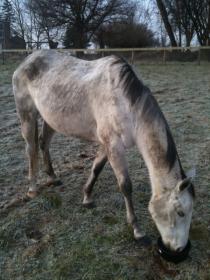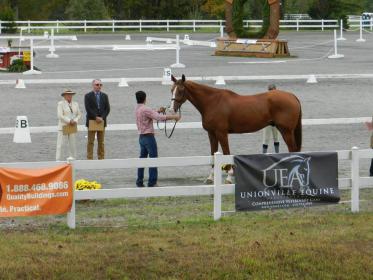But Erin part of the issue is not all natural “top lines” are the same. And that is where I see the pratical application issues. If a horse is being worked incorrectly…inverted…or has a physical issue…all the building blocks you give them will be put to the wrong use or not really go to building a better top line…
Yes if a horse is skinny…they need more of something. If they are body score of 3…they need more building blocks. But what I see happen is people take research like yours…and think that it is only about the food.
If you have a FAT horse…one who would score above 8…who still doesn’t have a great “top line”, you need to look at other factors. He could have a physical issue. Or, going around with his head up in the air and against the rider is causing him to devolp muscles in the wrong part of his body for a pretty top line.
This is where I find the message inconsistent from the feed store guys…they give the same message even when the horse is FAT (but perhaps has an upside down looking neck) and not a ribby fit horse like the OP described.
With the horse that I posted who I would say was a 3 maybe 4 when I got him, I did increase his protien (by alfafa cubes), supplemented with Tri Amino, and increased his calories until he put the weight and muscle on that I wanted.
But with an Obse horse…if their top line is not well develop, you need to look beyond what they are being feed…and look at how is this horse put together, how are they worked, and do they have some other physical issue.





